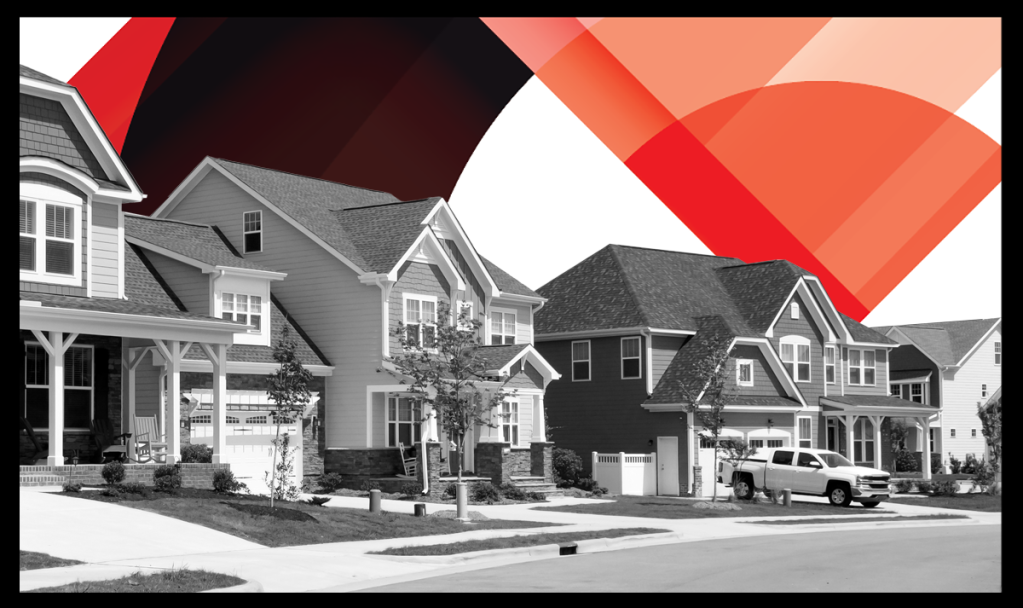
The great refi boom in 2020 wasn’t exactly equitable. Wealthier borrowers with stable jobs and high credit scores were fortunate enough to lock in a forever rate, typically lowering their monthly mortgage payments by hundreds of dollars. But the lower-income borrowers? They were more likely to be mired in some form of forbearance plan than be given the opportunity to modify their mortgage with a rate below 3%.
On Wednesday, the government threw a bone to the little guy. The Federal House Finance Agency announced that sometime this summer Fannie Mae and Freddie Mac will introduce a new refi product in an attempt to usher these low-income borrowers into what is left of the refi wave. The option is coined as Refi Now at Fannie Mae and Refi Possible at Freddie Mac. Mark Calabria, Director of the FHFA, said nearly two million low-income families may be eligible to save anywhere between $1,200 and $3,000 a year.
But there is skepticism amongst industry stakeholders about how many of those two million families would even meet the requirements of the program.
The Mortgage Bankers Associations CEO Bob Broeksmit said the trade group is concerned that the number of Fannie and Freddie borrowers who could actually be helped is so small, it’s potentially insignificant.
To qualify for the program, beyond having a GSE-backed mortgage, a borrower must have an income at or below 80% of the area’s median income and have been current of their payments for the last six-months, with no more than one payment missed in the last 12 months.
Broeksmit pointed out that it is likely the majority of borrowers who are at or below 80% of the area’s median income took out some form of forbearance, which would mean that many of those borrowers are not current on their mortgages or have missed payments.
Nowhere in the Wednesday fact sheet does the FHFA address how this affects borrowers who took out forbearance. Beyond that, under the CARES Act borrowers who entered forbearance are already ineligible to refinance until at least three months after they exit.
The new refi program stipulates that lenders must ensure that the borrower saves at least $50 a month in their mortgage payments while simultaneously dropping their interest rate by at least 50 basis points. The FHFA will also waive its controversial adverse market refinance fee for borrowers with loan balances at or below $300,000.
However, Broeksmit pointed out that because of the industry backlash to the adverse fee, the FHFA already exempts borrowers with loan amounts under $125,000 as well as borrowers who use either the Home Ready or Home Possible programs for income-limited homeowners.
“So we’re looking at this thing and saying, boy, it sure looks pretty narrow and unlikely to be broadly helpful to the population we think probably most needs help, which are people that had some kind of dislocation because of the pandemic, could benefit from refinancing and being exempted from the adverse market refi fee,” Broeksmit said.
Other qualifications for the program require that borrowers must not have a mortgage with a loan-to-value ratio greater than 97% and a DTI no higher than 65%. Lastly, borrowers must have a FICO score no lower than 620. This credit score plays an important factor, according to Dave Stevens, former CEO of the MBA who also served as senior vice president of single family at Freddie.
“The reality is that borrowers who are in this bracket likely have an FHA loan,” Stevens said.
By and large, the number of borrowers that take out a conventional loan under the GSEs must already have a FICO score no lower than 620. FHA loans on the other hand, require a credit score of 580, and can even drop to 500 if the borrower can supply a 10% down payment. Because lower-income borrowers have less access to credit advisors and credit building tools, borrowers that fall under the new refi option are most likely already doing business with the FHA, or, can’t even afford a home mortgage.
“To put it in context, there’s work being done and other legislative measures to support housing down payment assistance on the hill right now, and the analysis, when you do look at 80% of area median income or below, the vast majority of that population are renters,” said Stevens. “So I think, unfortunately, this may just be a smokescreen.”
Both Broeksmit and Stevens pointed out that low loan balances tend to refinance a lot slower. Given all the fixed costs included, such as title works and paying settlement agents closing costs, these factors eat in to the loan amount that is already small.
“So because of that, loans with lower loan amounts tend to prepay more slowly and loans that prepaid more slowly, are worth more to investors,” Broeksmit said. “So investors will pay up for specified pools that contain, you know, a decent percentage of the lower loan amounts.”
He added: “So if you then have the government say, ‘I’m going to make it easier for lower loan amounts to refinance.’ Some investors will say, ‘Well wait a minute, you’re moving the goalposts. I’m not going to pay up for those smaller loan amounts. Because one reason I paid up was because they prepay more slowly and now I’m worried that this new program will speed up pre payments.’ And so you might perversely hurt the market for smaller loan amounts.”
Historically, in a refi wave, high loan balance loans run off very quickly whereas low loan balance loans are much slower because the marginal pickup and payment offset against the fixed costs makes it feel as though it may not be worth it, Stevens noted.
The FHFA did state that it will provide a $500 maximum credit for appraisals on loans that were not given an appraisal waiver, which Broeksmit said should help with some of those fixed costs.
Regardless of how many borrowers the programs actually helps, both Fannie and Freddie expressed support for the program given its intent to help borrowers in a population they are less likely to reach.
“Freddie Mac’s new Refi Possible mortgage creates more equitable opportunities by making it easier for homeowners in lower income brackets to refinance their mortgage,” said Donna Corley, executive vice president and head of single-family business at Freddie, said in a statement.
“Refi Possible reaches many homeowners who can benefit from refinancing and provides flexibilities that incentivize our clients to serve these eligible borrowers moving forward,” said Corley. “Our goal is to expand access to credit responsibly and make sure we are supporting sustainable homeownership.”




